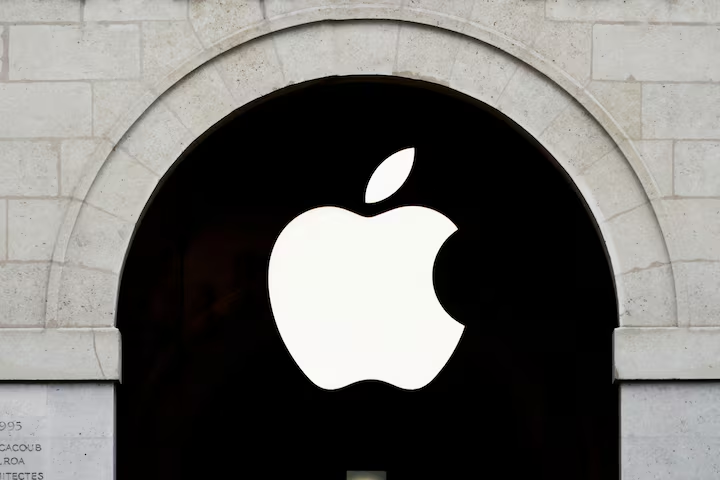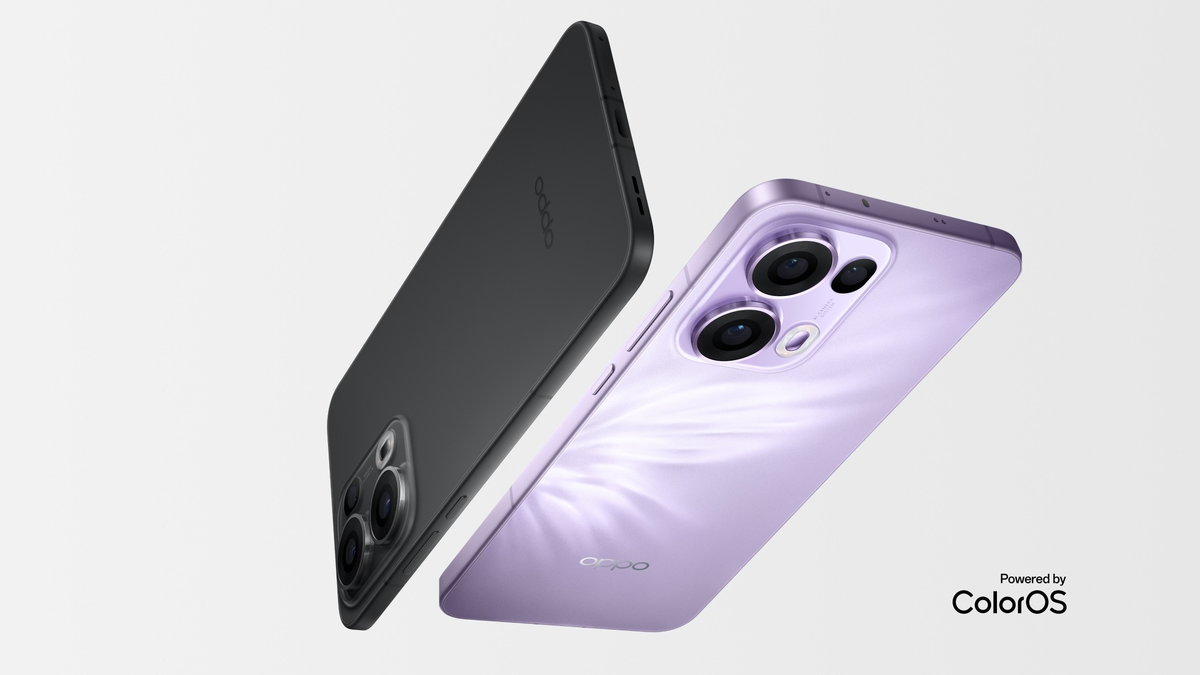Table of Contents
Apple is stepping into a bold new era—one where AI chip design plays a pivotal role in shaping the future of its devices. In a recent speech in Belgium, Johny Srouji, Apple’s Senior VP of Hardware Technologies, revealed that the tech giant is actively exploring how generative artificial intelligence can streamline and improve how its custom chips are designed (Reuters).
This strategic move aligns with Apple’s vision of maintaining total control over hardware and software, especially as chips become more complex with each generation.
Why AI Chip Design Now?
Apple’s interest in AI chip design isn’t just about following a trend—it’s about staying ahead of it. With billions of transistors packed into chips like the M3 and A17 Bionic, chip design has become increasingly time-consuming and intricate.
“Generative AI has the potential to make design cycles faster, more efficient, and less error-prone,” said Srouji.
These tools can simulate thousands of layout possibilities, run thermal and power analyses in minutes, and even flag inefficiencies that human designers might miss. For Apple, this isn’t about replacing engineers—it’s about amplifying them.
What Tools Is Apple Using?
Apple is collaborating with leaders in the electronic design automation (EDA) space—namely Cadence Design Systems and Synopsys. These platforms are embedding generative AI capabilities into their tools to handle:
- Layout optimization
- Thermal distribution checks
- Power efficiency mapping
- Real-time error detection
These AI-driven enhancements allow engineers to test, iterate, and perfect chip designs with greater speed and reliability. This evolution is what Srouji describes as a “massive productivity boost.”

A Legacy of Going All-In
Apple isn’t new to making bold moves in chip innovation. In 2020, the company shocked the tech world by shifting all Macs from Intel processors to Apple Silicon—without a backup plan.
It was a huge risk—but one that paid off. Now, embracing AI chip design feels like Apple’s next high-stakes bet. And like before, it’s betting on itself.
Srouji emphasized that when Apple makes a decision like this, “We go all in.”
What This Means for You and Me
So what’s in it for users? A lot, potentially. AI chip design could lead to:
- Faster processors for iPhones, iPads, and Macs
- Improved power efficiency and longer battery life
- Thermal optimization to prevent overheating
- AI-optimized hardware to support next-gen features like vision tracking and AR
In short, you’ll get smarter, smoother, and more efficient Apple devices.
Risks Still Exist
While the benefits of AI chip design are exciting, it’s not without its challenges. Apple must ensure:
- AI doesn’t introduce new errors or vulnerabilities
- Human oversight remains central
- Regulatory and ethical considerations are followed
That means AI won’t be designing chips unchecked. Every result will still pass through layers of testing, validation, and refinement by Apple’s world-class engineering team.
Also Read: Microsoft Build 2025 Highlights: Embracing an Open Agentic AI Future
Apple’s Bigger Vision
Apple isn’t alone in this journey. Research labs like Imec are also developing programmable AI chips, and competitors like Nvidia and Qualcomm are leaning into AI-driven design for their future architectures.
What makes Apple unique is its vertical integration. It builds the chip, the OS, the hardware, and the services—all under one roof. With AI chip design in the mix, Apple could accelerate its ability to release category-defining products like:
- AR/VR headsets with ultra-efficient silicon
- AI-accelerated Macs
- Smart glasses and wearables with tailored chips
What’s Next?
- Will we see M4 or M5 chips designed with help from AI?
- Could AI unlock ultra-low power chips for wearables or satellite tech?
- Will Apple eventually develop its own internal AI tools for design?
Srouji’s hints suggest this isn’t a temporary experiment—it’s a fundamental shift.
Final Word
Apple’s exploration into AI chip design isn’t just a cool headline—it marks a new phase in tech innovation. As chips become more powerful and complex, AI becomes a valuable co-designer.
And with Apple’s track record of taking big leaps and making them work, this could reshape how future iPhones, Macs, and wearables perform in your hands.
Because at the heart of innovation isn’t just machines—it’s how we teach them to build with us.








